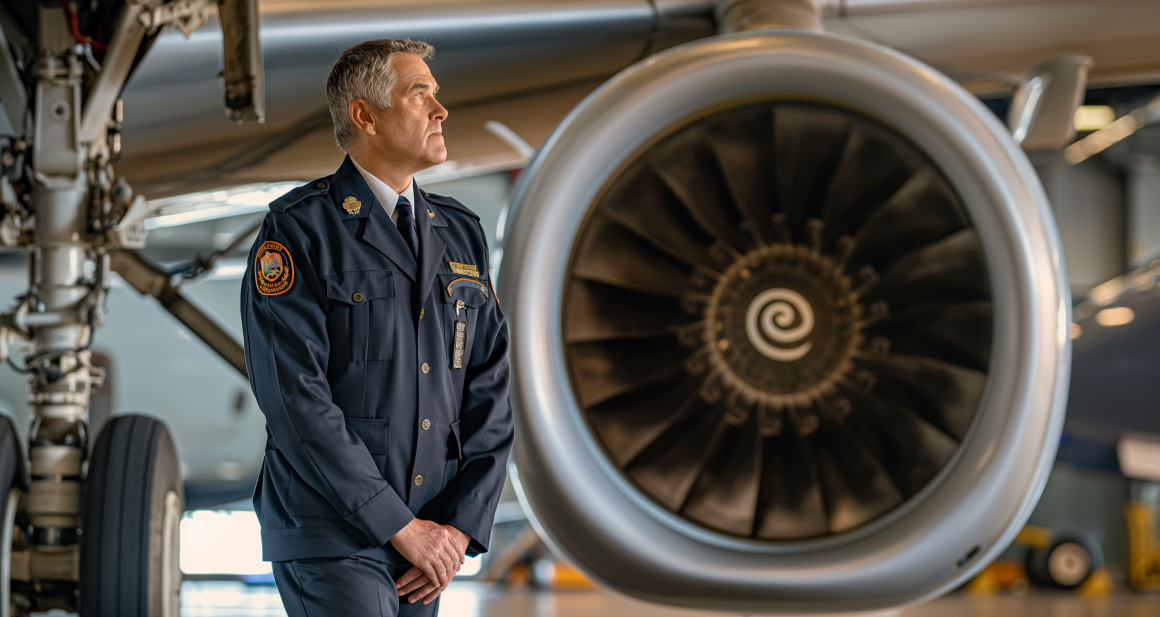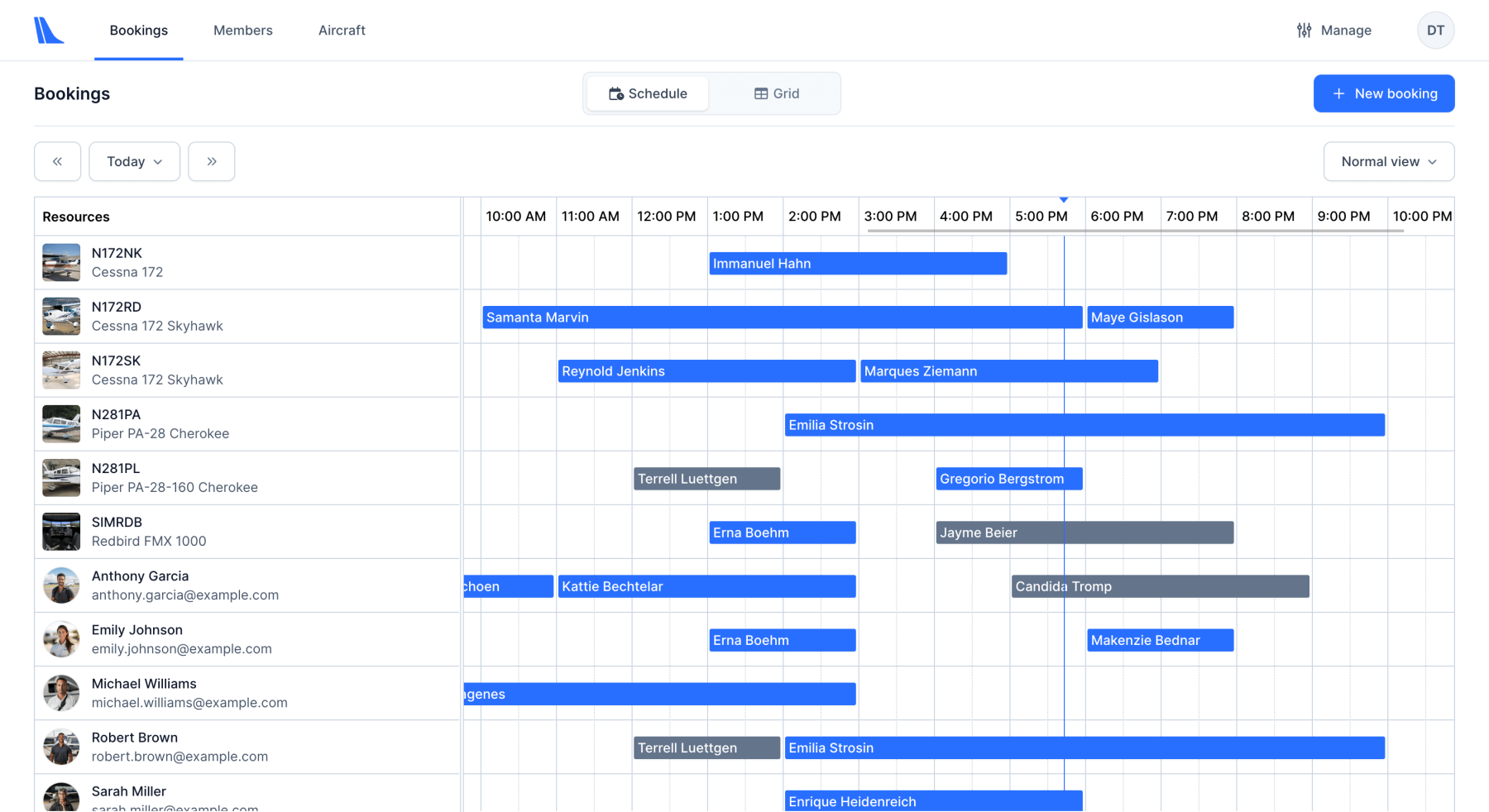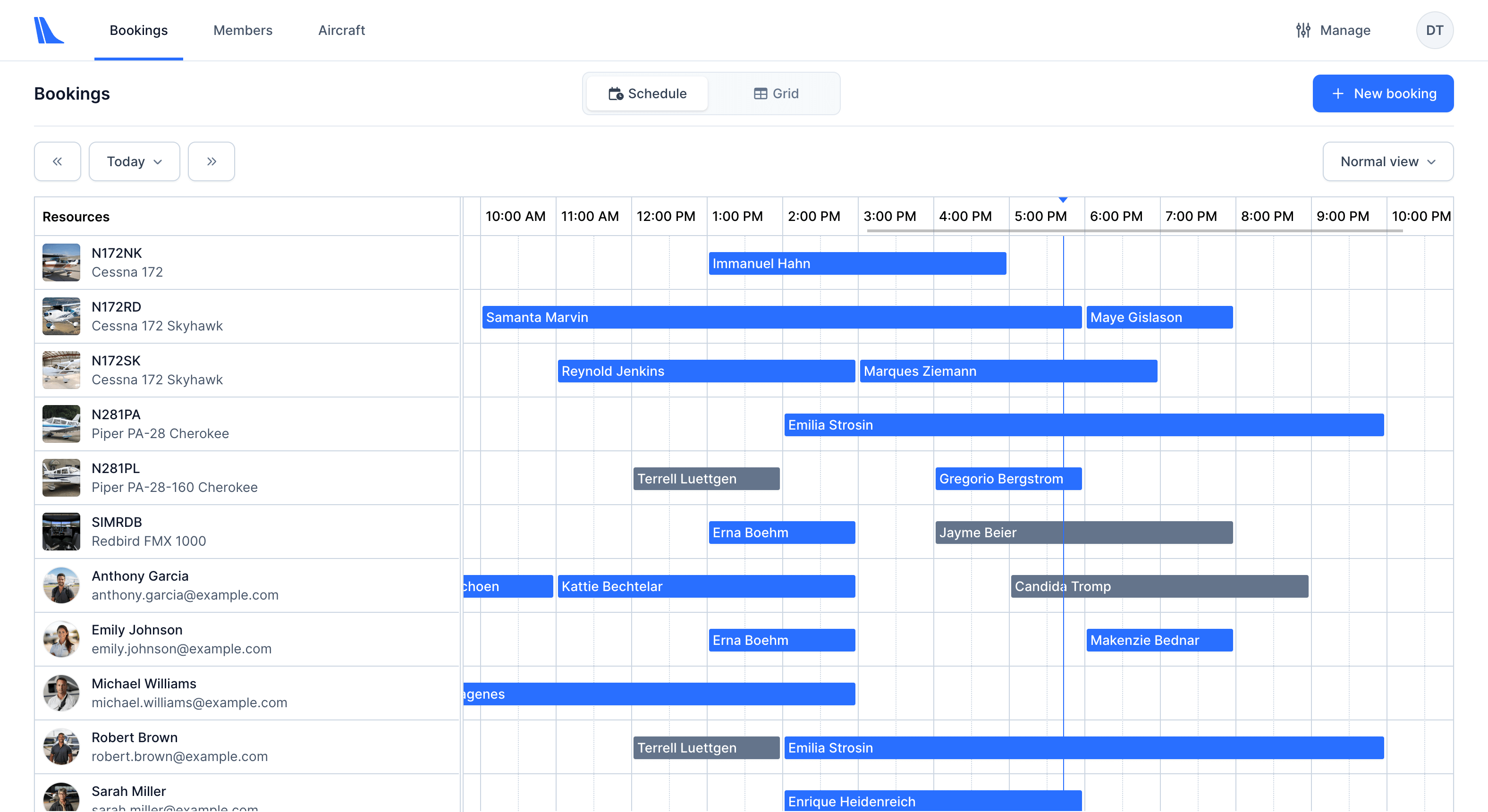Alternative Time-Building Strategies for the Airlines

In the aviation industry, the Federal Aviation Administration's (FAA) 1,500-hour rule stands as a significant requirement for aspiring airline pilots. This rule requires pilots to accumulate 1,500 hours of flight experience to qualify for piloting at major airlines, a marked increase from the earlier 250 hours for a commercial pilot license. This shift not only extends the time and financial investment needed to reach airline pilot status but also changes the approach to pilot training and career development.
The need for new strategies in pilot training is increasingly recognized in aviation. As traditional methods of accruing flight hours become more challenging and costly, exploring alternative routes is essential. These new approaches are crucial not only for individual career progression but also for addressing industry challenges like pilot shortages. Adapting training methods is key to supporting the industry's growth and ensuring a reliable stream of qualified pilots.
Technology-Driven Solutions
Flight simulators and virtual reality (VR) training programs have become invaluable tools in modern pilot training, significantly enhancing skill development. These advanced technologies offer a highly realistic and immersive training environment, allowing pilots to experience a wide range of flight scenarios and conditions without leaving the ground. This not only provides a safe and controlled setting for learning and practice but also allows for repetitive training on complex maneuvers and emergency procedures, which can be difficult or risky to replicate in actual flight. By integrating these technologies, flight training is more efficient, effective, and accessible, preparing pilots more comprehensively for real-world flying challenges. This approach aids pilot time-building, a key step toward achieving the necessary flight hours in the aviation industry.
For example, in April 2021, the European Union Aviation Safety Agency certified the first VR based Flight Simulation Training Device (FSTD) for rotorcraft pilots. This not only represents an advancement in pilot training technology but also aligns with efforts to modernize regulatory frameworks to embrace new and effective training methodologies.
Partnerships between flight schools and technology companies are transforming pilot training, merging the practical training expertise of flight schools with the technological innovations from companies. Together, they develop training tools that closely mimic real flying conditions. This collaboration leads to more realistic and effective training, helping pilots to gain the skills they need in today's aviation industry. Such partnerships are key to making pilot training more relevant and practical.
Tailplane platform effectively supports the needs of modern, technology-driven flight schools. It simplifies scheduling and operational tasks, allowing flight schools to focus on delivering high-quality simulator and VR training.
You can sign up for free now and see how Tailplane can help your flight school efficiently manage training schedules and track pilot progress.

University Aviation Programs and R-ATP
Some university programs offer pathways to reduce the flight hour requirement for aspiring pilots through the Restricted Air Transport Pilot (R-ATP) certificate. For instance, Southern Illinois University (SIU) provides graduates pursuing airline pilot careers the opportunity to qualify for the R-ATP certificate with a reduced number of flight hours. Graduates from such programs may see a reduction of 250 or 500 hours from the standard 1,500 hours required by the FAA. This certification enables them to serve as a co-pilot until they obtain the required hours for a captain position.
R-ATP certificates from university aviation programs present an alternate route to the traditional 1,500-hour flight time requirement, offering a reduction down to 1,000 or 1,250 hours for eligible pilots.
From Military to Commercial Pilot
Military flying experience can be a valuable asset in transitioning to civil aviation. Pilots with a military background have accumulated hours that can often be applied towards the requirements for civilian pilot certifications. Furthermore, the skills and discipline acquired in military service are highly transferable to the commercial aviation sector. This includes not just the practical aspects of flying, but also the ability to operate under various conditions, handle emergencies, and maintain high levels of safety and precision. Various programs and agreements exist to facilitate this transition, recognizing the valuable contribution of military training to the civil aviation industry.
For example, military pilots looking to transition to civil aviation can benefit from programs like the DoD SkillBridge offered by MIL2ATP. This program provides an opportunity for service members to gain civilian work experience through training, apprenticeships, or internships in their last 180 days of service. It connects them with industry partners for real-world job experiences and includes various courses for military pilots transitioning to airline careers.
Volunteer and Humanitarian Flying
You can also accumulate valuable flight hours and experience by engaging in volunteer work with humanitarian and disaster relief organizations. These opportunities often involve flying in diverse conditions, helping pilots develop their skills. This experience is valuable for meeting commercial aviation requirements while contributing to important causes - it can be a practical way for pilots to build towards the 1,500-hour requirement for commercial aviation.
Tailplane platform offers a practical solution for organizing and scheduling volunteer flying missions, providing an efficient way to manage and track flight hours and experiences gained in these specialized settings. This can be especially useful for pilots volunteering with humanitarian and disaster relief organizations, ensuring accurate record-keeping and streamlined mission planning.
Internships and Mentorship Programs
Internships with airlines or aviation companies offer a practical, hands-on experience for aspiring pilots. These programs allow participants to work closely with professionals in the field, providing an inside look at airline operations and flight procedures. Interns often get the chance to learn from experienced pilots and aviation staff, gaining insights that aren't available in typical training settings.
This real-world exposure is invaluable for understanding the complexities of the aviation industry and can play a crucial role in your education and career development as a commercial pilot. These internships are pivotal time-building opportunities, giving aspiring pilots real industry hours and experience.
Tailplane streamlines the tracking and management of intern and mentee progress in aviation programs. It simplifies administrative tasks for both trainees and their supervisors, enhancing the efficiency of monitoring flight hours, skills development, and overall training progression.
The Changing Landscape of Pilot Training
These new paths are changing how pilots train for airline careers. Technology like simulators and VR allows for safer, realistic practice. University programs and military experiences provide alternate ways to gain necessary flight hours and skills. Volunteering for humanitarian flights offers practical flying experience, while internships and mentorships in aviation give real-world insights.
As you consider a career in aviation, it's important to think beyond traditional routes. Each unique training path offers its own benefits and challenges. Exploring these can broaden your understanding and skills, making you a well-rounded candidate for the aviation industry. Embrace the opportunities to learn and grow in different aspects of aviation, and you might find a fulfilling path that suits your goals and interests in this dynamic field.
Schedule Smarter with Tailplane
Get started for free today and join dozens of flight schools that use Tailplane to plan and manage their operations.
